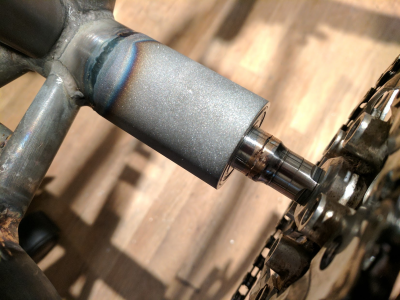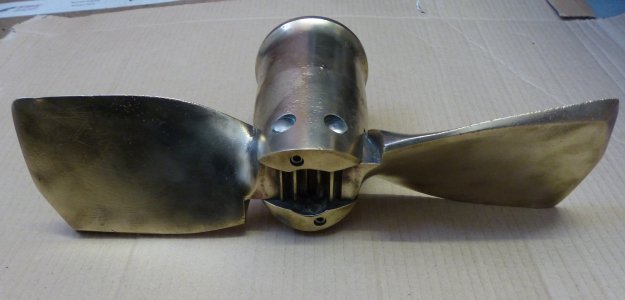- Joined
- Mar 25, 2013
- Messages
- 5,106
This is complicated. Here's my take. In this case, where the base metal is bronze, you could use a filler similar to the base metal and build up the area. You could do this with OA just as effectively. In my opinion TIG would be technically easier but I am more familiar with that process so I am biased. I'm sure it could be done well with OA. Since the rod and the base metal are essentially the same metal, you will melt the base metal and this is technically welding, not brazing. TIG is often used to weld bronze sculpture, sometimes without filler.
"TIG brazing" is a little different and I personally have had very poor results with it. If you are TIG brazing ferrous metals with bronze rod it is virtually impossible to avoid melting the base metal into the brazing filler. The TIG arc is simply too hot. When this happens, the joint looks fine but is incredibly weak compared to a gas brazed joint. Jody on "welding tips and tricks" shows TIG brazing but other videos that show destruction testing show how weak these joints are. I only gas braze at this point.
"TIG brazing" is a little different and I personally have had very poor results with it. If you are TIG brazing ferrous metals with bronze rod it is virtually impossible to avoid melting the base metal into the brazing filler. The TIG arc is simply too hot. When this happens, the joint looks fine but is incredibly weak compared to a gas brazed joint. Jody on "welding tips and tricks" shows TIG brazing but other videos that show destruction testing show how weak these joints are. I only gas braze at this point.


